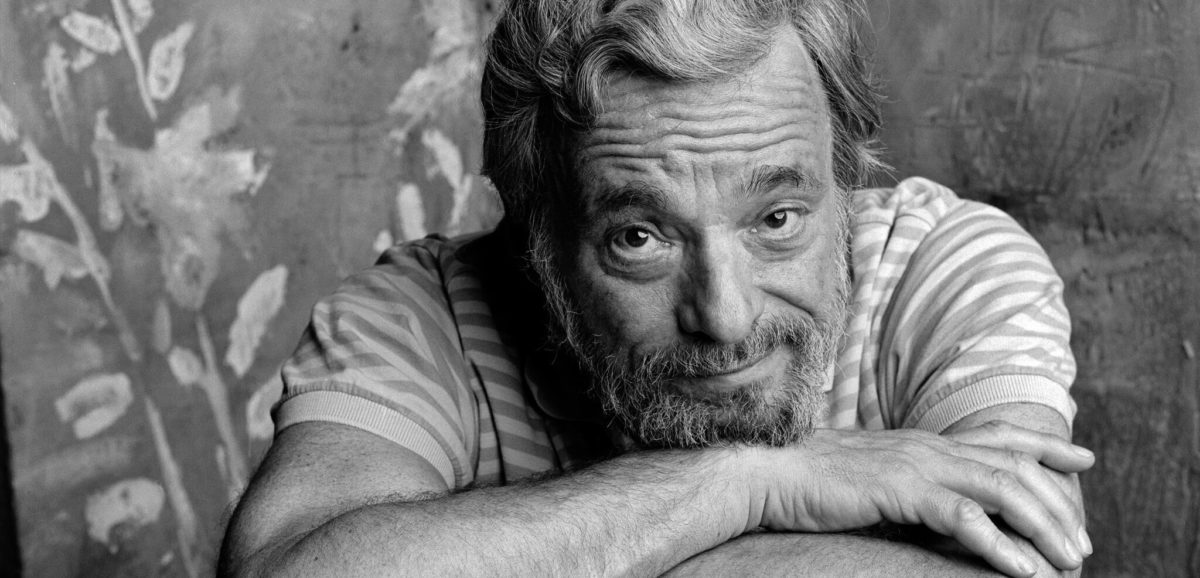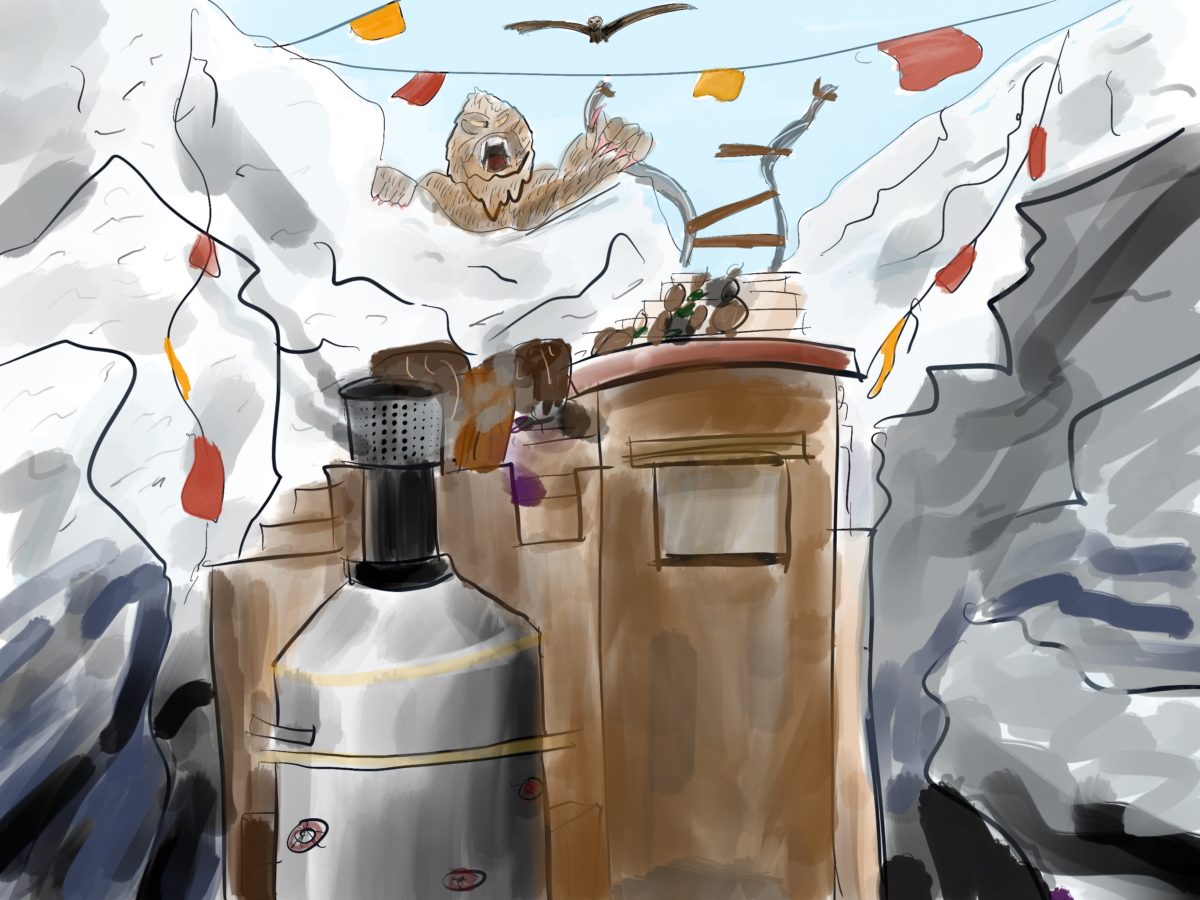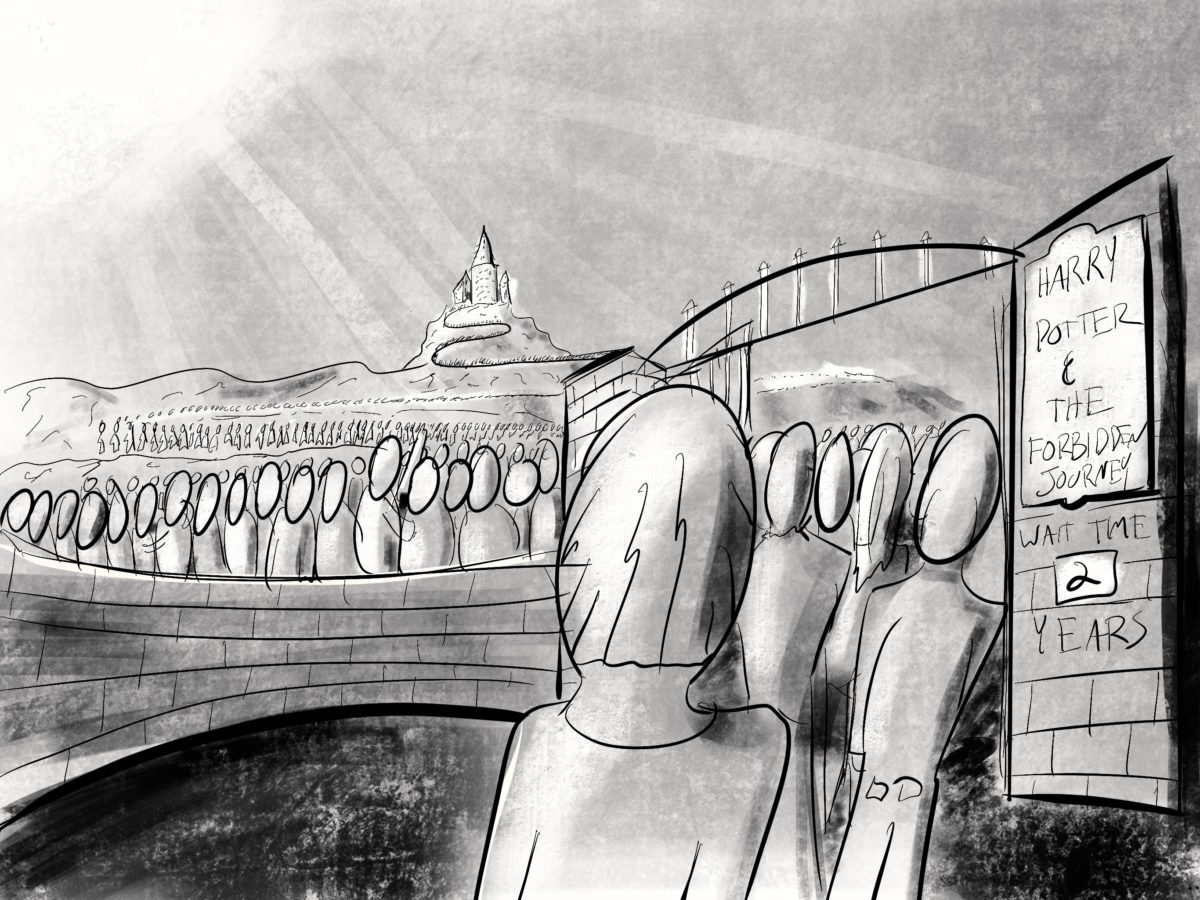Imagine for a moment that you’re going on a vacation to Paris. It’s your first time visiting the city of light. What do you want to do? You want to see the Louvre of course! To get lost in the boulevards, to gorge yourself on pastries, drink wine, eat cheese, explore opulent palaces, climb through Notre Dame, tour the catacombs, detour to Disneyland Paris! (If you’re the kind of person that reads this blog anyway). You want to embark on all these adventures and you don’t want a rainstorm, or natural disaster, or renegade mime to get in your way: all the things that might otherwise make an interesting story if the someone visiting Paris wasn’t you. The ideal Paris trip is the one where nothing goes wrong, you encounter pleasant surprises, and the activities increasingly become more magical leading up to the last day of the trip when you have a moonlit dinner on top of the Eiffel tower, forever moved by the beauty of the city. At which point you return home on a high of wonderful memories.
Now imagine, instead, there’s a new movie out in the cinema: Paris Vacation. The trailers have been purposefully vague, no one knows quite what to expect. You buy tickets and go to the opening night midnight screening. The previews end, the lights dim. And for the next two hours you watch some rich guy’s slick video of the same exact vacation described above. No heist that needs to happen, no bloodline of Jesus to follow, no chance for the power of culinary arts to save someone’s soul, no stolen bread, no one falls in love, everything goes just as expected. Unless you’re a film critic you’d walk out wondering what the hell the point was, severely disappointed you paid $20 to see someone else’s home video.
Herein lies the difference in story construction between traditional and experiential forms.
Traditional stories are about characters who want something and are antagonized along the road towards getting it. That’s the core of any traditional story – whether it be play, movie, or novel. What people pay for is to see someone confront an obstacle and (usually) overcome it. This basic structure has been analyzed ad nauseam from Aristotle to Joseph Campbell to your 3rd grade English teacher. Beginning, middle, end. Boy meets girl, boy looses girl, boy gets girl back. The key to any good story is in the struggles the characters face and how those struggles change them.
But what is the audience’s roll in this? The audience goes to the theatre, reads the book to see the character get their due. And in any good story, and good entertainment (read satisfying experience) the audience gets what they want. If they don’t they tend to throw tomatoes.
So what happens when the audience is part of the story? When they play a role in the narrative? Think about your own life for a moment: the story you live every day. Do you want to be antagonized? No, not really. It’s not fun when something stands in the way between you and what you want. People struggle their entire lives to escape their personal antagonists. In many ways that’s what life is. And sure we might grow from our struggles but the process is never fun. Entertainment is the quest to escape that. Art is the quest to observe it from afar.
And so you arrive at the inherent conflict between stories and experiences. The perfect story needs antagonism. The perfect experience needs the absence of antagonism. The trick is in combining them to create experiential stories.
Any individual person never wants things to go wrong. We seek out stories to see other people be antagonized and to escape our own troubles: to feel like there is control and order in the world. We go to stories to see people overcome obstacles. And once you’re inside a story that doesn’t change. And I hear you saying, “but wait of course people want to be antagonized – they want to be chased by the shark, or get caught in an earthquake, get caught in the evil villain’s clutches.”
To which I say, yes and no. People want less to have these experiences, and more to have these fantasies. They want to experience a massive earthquake while experiencing no actual danger. They want to experience fighting a villain, but only if they win and aren’t seriously hurt. And often they just want to experience pure joy, beauty, and peace of the kind so rarely found in the everyday world.
In addition, any antagonism you want by definition can’t be antagonism. Antagonism is what stands between you and what you want. And you’re the person that waited an hour to get on a boat that you knew was going to be attacked by a shark. You knew you were going to be chased by dinosaurs on the time rover or get trapped in a mystical temple full of booby traps in that jeep transport, and that the Yeti was coming. You knew there were going to be swarms of Pirates and you knew there was a giant scary drop coming at the end of Splash Mountain. That’s the whole damn point. The only real antagonist in any experiential storytelling is the damn queue – and we know how much people love those. The worst experiences are the ones that make promises and then something gets in the way. Think about the game level you can’t beat despite trying 50 times, the ride that breaks down right as you’re about to get on, the beautiful restaurant with the microwaved meatballs. The core of experiential entertainment isn’t story it’s wish fulfillment!
The key with the antagonism in experiential storytelling is that other characters may be antagonized. But us? We get exactly what we want and the process to get there is deliberately designed to increase and prolong the pleasure as much as possible. Other characters are antagonized. We are teased. Other characters might grow or change through the diegetic struggle. We grow or change through empathy, the emotional journey we take, and the ways we’ve be primed by the story to construct meaning in the experience.
Story therefore still plays a crucial role in the process, helping to shape the form the experience takes and create theme. Theme adds meaning and context to the core experience. The wish might be to experience flight. The story gives that flight an arc. It brings people into the world, takes them into the air on a journey and back. It can take what would be a rather static experience of a standard helicopter tour and vary the pace, sights, and stakes to shape the emotionality into a dynamic, orchestrated flow in which feelings are heightened through an intersection of classical and pseudo-musical forms of storytelling technique that create a constant play of tension and release. The story too helps create theme which gives the experience extra meaning and significance to an outside truth. In an ideal scenario all three of these perfectly rhyme with each other and create transcendent experiences.
This is storytelling of a very different sort, as the experience of a traditional spectator and traditional characters are merged into the same world. The audience member, who now also plays a role in the story, must get what they’re looking for and ideally more than they’re looking for. And I worry that it’s too easy to oversimplify this idea from “Give the audience what they want” to “Give the audience what they expect”. Hell, even the idea of giving the audience what they want is problematic and limiting if read too literally. Perhaps a more accurate framing is to think carefully about what you want the audience to experience. What you want them to feel. Engineer the experience around that and set the audiences’ expectations appropriately. This is a process that must occur first. The story must be constructed around the experience not the other way around. You have to think about what the environment will be like, how it feels, how the guest moves, what they see, who they interact with, what they can do, before an appropriate story can be attached. In traditional narratology the world building fleshes out the story, but in experiential entertainment, in a sense, it’s the story that fleshes out the world building. This is how you can have evocative experiences with very simple, relatively uninteresting stories create such memorable attractions (a la Monsieur Toad) and evocative stories with simple, uninteresting experiences create such duds (a la Mermaid). Or you end up with interesting stories and experiences that nevertheless don’t quite line up properly. Say like an experience designed for suspense with a story designed for a jam session (a la Guardians).
Antagonism you want for yourself isn’t antagonism at all. It’s a catalyst. It brings you closer to what you want and is the key to great experiences. And this is a key difference between telling traditional stories and ones in which the audience is a character. Characters in traditional narratives are almost always unwilling participants in the events of the plot. What stands between them and what they want is a source of suffering. But we, the audience, have decided to be there and can expect a satisfying outcome. That is the contract audiences make with storytellers. And as such anything that comes between us and the payoff, when done right, makes the payoff all the more satisfying. And crucially, the experience doesn’t necessarily need anything coming in between at all. But stories require meaning, and without the ability of us, as a character in the story to experience true struggle, the meaning must come from outside – in the world. Hence the importance of the construction of that world and the experiences within. The story of the world we’re in and the characters in it can imbue our own experience with that meaning, which is why it’s so critical that the story and experience reflect and reinforce each other. When it all comes together you get some of the most effective storytelling out there…stories that form deep and personal connections with the audience. Guests get to experience fantasies made real and with any luck, go home feeling inspired and with more insight than before.








